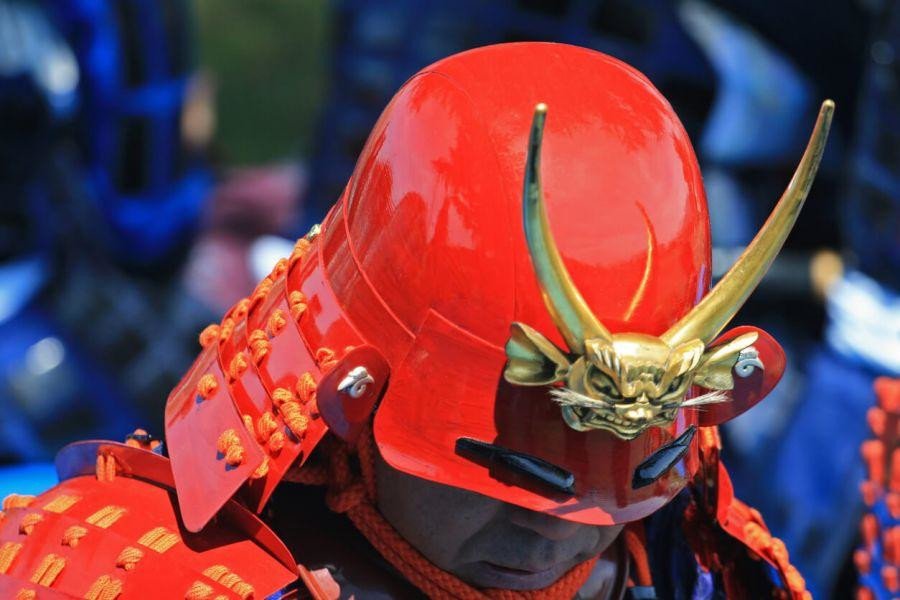Lessons learned from 1990s internet commerce regulation: First, do no harm

Hardly a day goes by without at least one story involving the major platforms of the current web2 internet era Facebook, TikTok, Google, etc. abusing their power, frustrating lawmakers, and offending the very users who power their economic engines. Just last month, the head of Instagram laughably attempted to make the claim before the Senate Commerce Committee that Instagram improves the lives of teenagers while leaked internal documents from the company show the exact opposite to be true. Fortunately, just across the Capitol in the House Financial Services Committee, we grappled with the promise and opportunities inherent in the next version of the internet and did so in a shockingly open-minded, bipartisan, and productive manner.
In many ways, the answer to the madness of todays digital world comes in the form of the next computing revolution, web3, which is more commonly referred to as the crypto or blockchain revolution. Web3 upends the existing power and economic structures of the current era by putting power and control back in the hands of the very users who create value for new projects. This is exactly how the internet in a free society should work. Rather than relying on an unaccountable set of tech leaders or government bureaucrats to make decisions about what we see, who we interact with, and how much of our data gets sold, power in the web3 world is fully-distributed to all stakeholders and is guaranteed on the blockchain via governance tokens.
In the current internet era, the overwhelming majority of the value of companies accrues to investors, founders, and employees. It is practically unheard of for major platforms in web2, such as TikTok, to reward its users with equity shares in the business. It is even more rare for these companies to cede major decision making to the users of their platforms. Rather, for the pleasure of being fed harmful content and misinformation, many platforms sell access to you and your family to the highest bidders.
Web3 flips this model on its head by putting governance and ownership in the hands of the communities of users who help fuel the projects themselves. If the incentive in web2 is for companies to extract as much value from their users as possible, in web3 the incentive is for users to provide as much value to the project as possible because the users themselves benefit personally from the value they provide.
One way this occurs is through a new governance structure called Decentralized Autonomous Organizations, or DAOs. DAOs are democratic organizations that govern many web3 projects. They offer the most direct way for a community of users to make critical decisions for an organization and participate in the economics of a project via tradable governance tokens that entitle holders to votes on key issues facing the project. This level of transparency and liquidity ensures that organizations cannot make major decisions without the consent of the community but it also guarantees that the community will participate meaningfully in the economics of the enterprise as the value of the tokens fluctuate. The magnitude of this shift in the balance of power cannot be overstated and is likely to lead to a series of innovations that we can barely fathom today.
Put differently, rather than organizations being controlled by a CEO and board of directors, DAOs will be controlled by their communities of users. Rather than receiving nothing for contributing time and energy to a new organizations products, community members will own meaningful stakes in the organizations that they support.
One other feature inherent in the technology is that web3 cant really be stopped, no matter how hard regulators may try. The only real question is which countries will own this future? Given the potentially enormous economic and societal benefits of the technology, every lawmaker should want the United States to be the home of web3. In the 1990s, the Clinton Administration helped ensure U.S. tech dominance by adhering to one simple maxim, First, do no harm. In hindsight, this mindset was a stroke of genius that allowed the internet to thrive and guaranteed U.S. dominance along the way. We must do that again.
Unfortunately, due to an uncertain regulatory environment and the overzealous comments of certain policymakers in Washington over the past several years, many of the most valuable web3 companies have been pushed overseas where they can operate within a clearer legal structure. This would have been unheard of in previous versions of the web. Canada, Singapore, and the Cayman Islands are the new homes for some of the most important companies in web3 today, not the United States.
Every day that we waste not working to provide an environment conducive to the innovation and risk taking needed to win the future is another day that a new project leaves our shores and incorporates elsewhere. This robs our economy of an industry growing at lightspeed and it robs our next generation of digital pioneers from the opportunity to compete without fear of the overarching arm of the federal government. We can and must do better. It starts by learning a critical lesson from our past.
First, do no harm.
Congressman Anthony Gonzalez
(function(d, s, id) {
var js, fjs = d.getElementsByTagName(s)[0];
if (d.getElementById(id)) return;
js = d.createElement(s); js.id = id;
js.src = “//connect.facebook.net/en_US/sdk.js#xfbml=1&appId=566538590082898&version=v2.9”;
fjs.parentNode.insertBefore(js, fjs);
}(document, ‘script’, ‘facebook-jssdk’));








 Bitcoin
Bitcoin  Ethereum
Ethereum  Tether
Tether  Solana
Solana  USDC
USDC  Lido Staked Ether
Lido Staked Ether  XRP
XRP  Dogecoin
Dogecoin  Toncoin
Toncoin